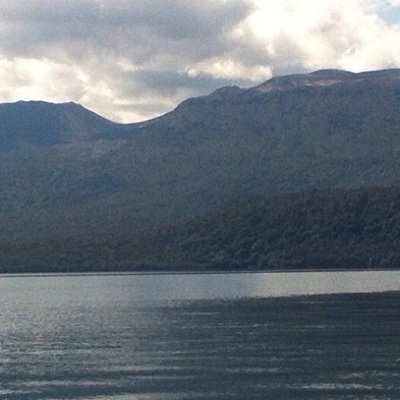
8 January 2016
The warm summer weather has prompted a notable visible increase in various algal blooms on parts of Lake Rotorua and Lake Tarawera. However, the latest test results from the Bay of Plenty Regional Council have not shown high levels of the potentially toxic blue-green algae.
The blooms were sighted and reported to Regional Council by members of the public living on the Ngongotahā side of Lake Rotorua and by Te Toroa Drive/Kotukutuku Bay at Lake Tarawera. The blooms are green and yellow and have an unpleasant smell. They have caused the water to discolour and in some areas formed a layer of scum on the surface.
Regional Council undertake regular water testing at the region’s lakes to monitor both bacterial contamination and for signs of blue-green algae. Monitoring for blue-green algae has increased over summer. Regional Council is also liaising with Toi Te Ora – Public Health Service over the state of the lakes and ongoing test results.
Toi Te Ora Public Health Service medical officer of health, Dr Neil de Wet says that so far this summer, levels of the potentially toxic blue-green algae have not been detected at a level that is a risk to health.
“However blue-green algal blooms can occur very rapidly and unpredictably, especially in these warm summer conditions. Therefore, as always, it is advisable for the public to check the water before using it. It’s wise to avoid any areas where the water is discoloured, has surface scum or has an odour.”
Council lakes operations manager, Andy Bruere says the recent warm temperatures and the nutrients that run into the lake are the likely cause of the algal blooms.
“Algae thrive on nitrogen and phosphorous and develop in warm, slow moving water bodies such as lakes. The weather we are experiencing would be the most likely explanation for the increase in bloom activity,” says Mr Bruere.
“In addition, today’s science is telling us that too many nutrients are entering the lakes from rural areas around the lake, sewage and even our famed geothermal activity.”
“The sources and amount of nutrients entering the water differs for each lake, so the solution to preventing future blooms and achieving long-term sustainable water quality means different actions will need to be taken in each lake.”
Last December, Regional Council adopted rules that require rural landowners in the Lake Rotorua catchment to reduce the amount of nitrogen loss on their land from entering the lake. These rules will be notified for public feedback at the end of February.
“We are committed to working with our local communities to help address these issues and ensure that our lakes are in a better state to hand down to future generations. We all want the same thing – clean lakes – and must work together in order to achieve that.
Visit rotorualakes.co.nz to find out what is being done to protect and restore water quality in the Rotorua Te Arawa lakes.
Additional information:
The Rotorua Te Arawa Lakes Programme is a partnership between Bay of Plenty Regional Council, Rotorua Lakes Council and Te Arawa Lakes Trust, with funding from Ministry for the Environment. It is responsible for meeting water quality targets set out in the Regional Water and Land Plan for the 12 Rotorua Te Arawa lakes. The purpose of the unique programme is to enable a sustainable economic, lifestyle and cultural future for the lakes. This will be achieved by improving and protecting overall health and water quality.
Partners of the Rotorua Te Arawa Lakes Programme developed the Tarawera Lakes Restoration Plan, with input from the Tarawera and surrounding lake communities. The plan outlines the aspirational actions to meet the water quality target set by the community in the Regional Water and Land Plan.
Lake Tarawera creates a complex situation as it receives water and therefore nutrients from Lakes Ōkāreka, Ōkataina, Rotokakahi, Rotomahana, Tikitapu, Ōkaro and Rerewhakaaitu. Discussions were held throughout 2015 to evaluate the best way forward for everyone involved.